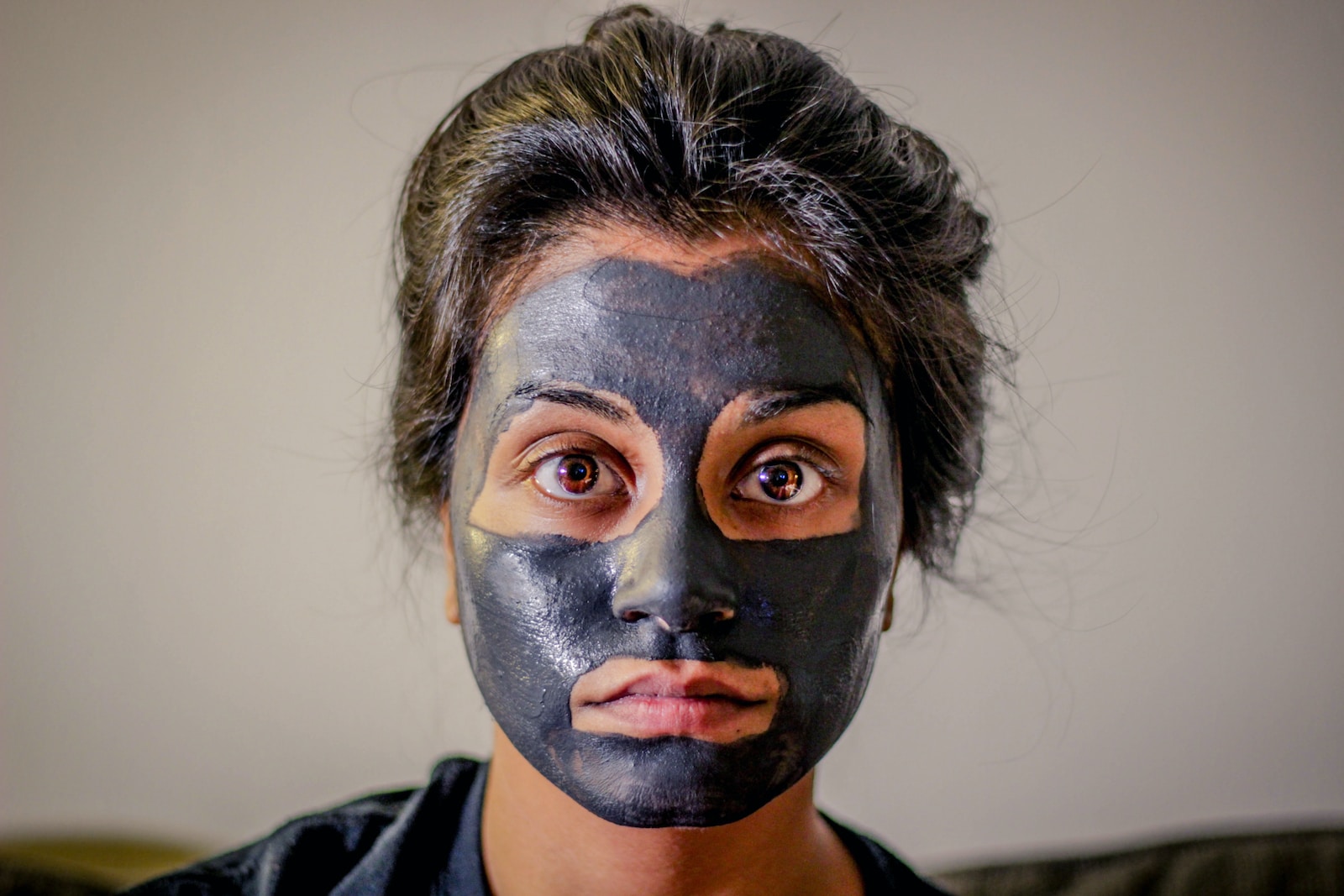In our quest to provide you with the most informative and valuable content, we are excited to delve into the world of Rosacea skincare. Rosacea is a common but often misunderstood skin condition that affects millions of individuals worldwide. It can be an uncomfortable and confidence-shaking condition, but with the right knowledge and skincare regimen, you can effectively manage and even improve the appearance of your skin. In this comprehensive guide, we will explore all aspects of Rosacea skincare, from understanding the condition itself to practical tips for managing and soothing the symptoms. Our goal is to equip you with the knowledge and tools needed to take control of your skin’s health and beauty.
What is Rosacea?
Rosacea is a chronic skin condition that primarily affects the face. It is characterized by redness, visible blood vessels, and the appearance of small, pus-filled bumps or pustules. While the exact cause of Rosacea remains unknown, it is believed to be influenced by genetic, environmental, and vascular factors. It often manifests in adults between the ages of 30 and 50 and is more common in fair-skinned individuals.
Understanding the Triggers
Understanding the triggers of Rosacea is crucial for effective management. Common triggers include:
1. Diet and Nutrition
Certain foods and beverages, such as spicy foods, hot drinks, and alcohol, can exacerbate Rosacea symptoms. It is essential to identify and avoid these triggers in your diet.
2. Temperature and Weather
Extreme temperatures, both hot and cold, can lead to skin irritation. Protect your skin from harsh weather conditions by using appropriate skincare products and clothing.
3. Skincare Products
Using the wrong skincare products can worsen Rosacea symptoms. Look for gentle, non-comedogenic, and hypoallergenic products that are free from harsh chemicals.
Developing a Rosacea-Friendly Skincare Routine
Now, let’s discuss how to develop a skincare routine that is tailored to manage Rosacea.
1. Gentle Cleansing
Choose a mild, non-abrasive cleanser to avoid further irritation. Cleanse your face twice a day, using lukewarm water and gentle, upward strokes.
2. Hydration is Key
Proper hydration is crucial for all skin types, including Rosacea-prone skin. Use a hydrating and soothing moisturizer to lock in moisture without clogging pores.
3. Sun Protection
Protecting your skin from the sun is paramount. Always apply a broad-spectrum sunscreen with SPF 30 or higher to shield your skin from harmful UV rays.
4. Avoid Irritants
Be vigilant when choosing skincare products. Avoid products with alcohol, fragrances, or harsh chemicals that can trigger Rosacea symptoms.
Professional Treatments
If your Rosacea is severe or not responding to over-the-counter treatments, consult a dermatologist. They can offer professional treatments such as:
1. Prescription Medications
Dermatologists can prescribe topical or oral medications to manage inflammation and redness.
2. Laser Therapy
Laser treatments can help reduce visible blood vessels and redness, improving the overall appearance of your skin.
Coping with Emotional Impact
Rosacea not only affects your skin but can also have an emotional impact. It’s essential to cope with the psychological aspect of this condition.
1. Support Groups
Joining a support group can provide a sense of community and help you connect with others who are going through similar experiences.
2. Stress Management
Stress can trigger Rosacea flare-ups. Engage in stress-reduction techniques such as meditation, yoga, or deep breathing exercises.
3. Consult a Therapist
If you find that Rosacea is taking a toll on your mental health, consider consulting a therapist who can help you manage the emotional impact of the condition.
Final Thoughts
Understanding Rosacea skincare is the first step in effectively managing this condition. With a tailored skincare routine, avoidance of triggers, and, if necessary, professional treatments, you can take control of your skin’s health and appearance. Remember that consistency is key, and it’s essential to consult a dermatologist for personalized guidance.
